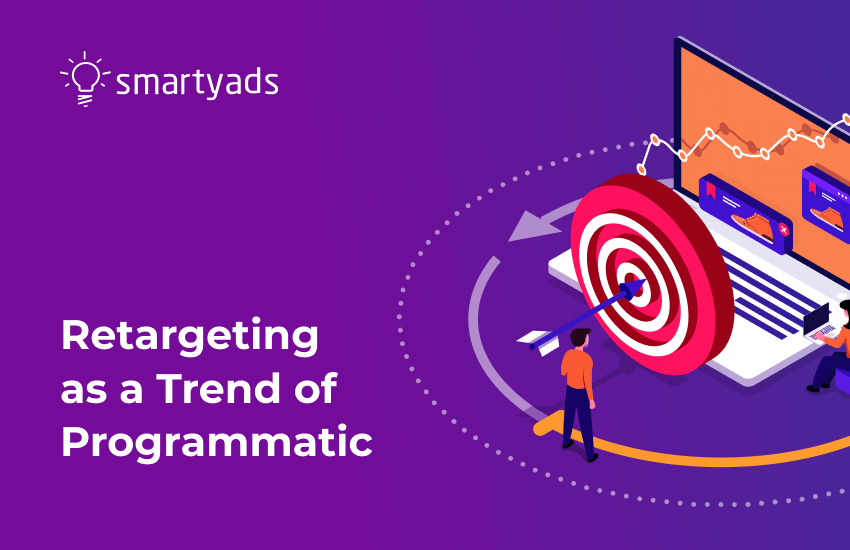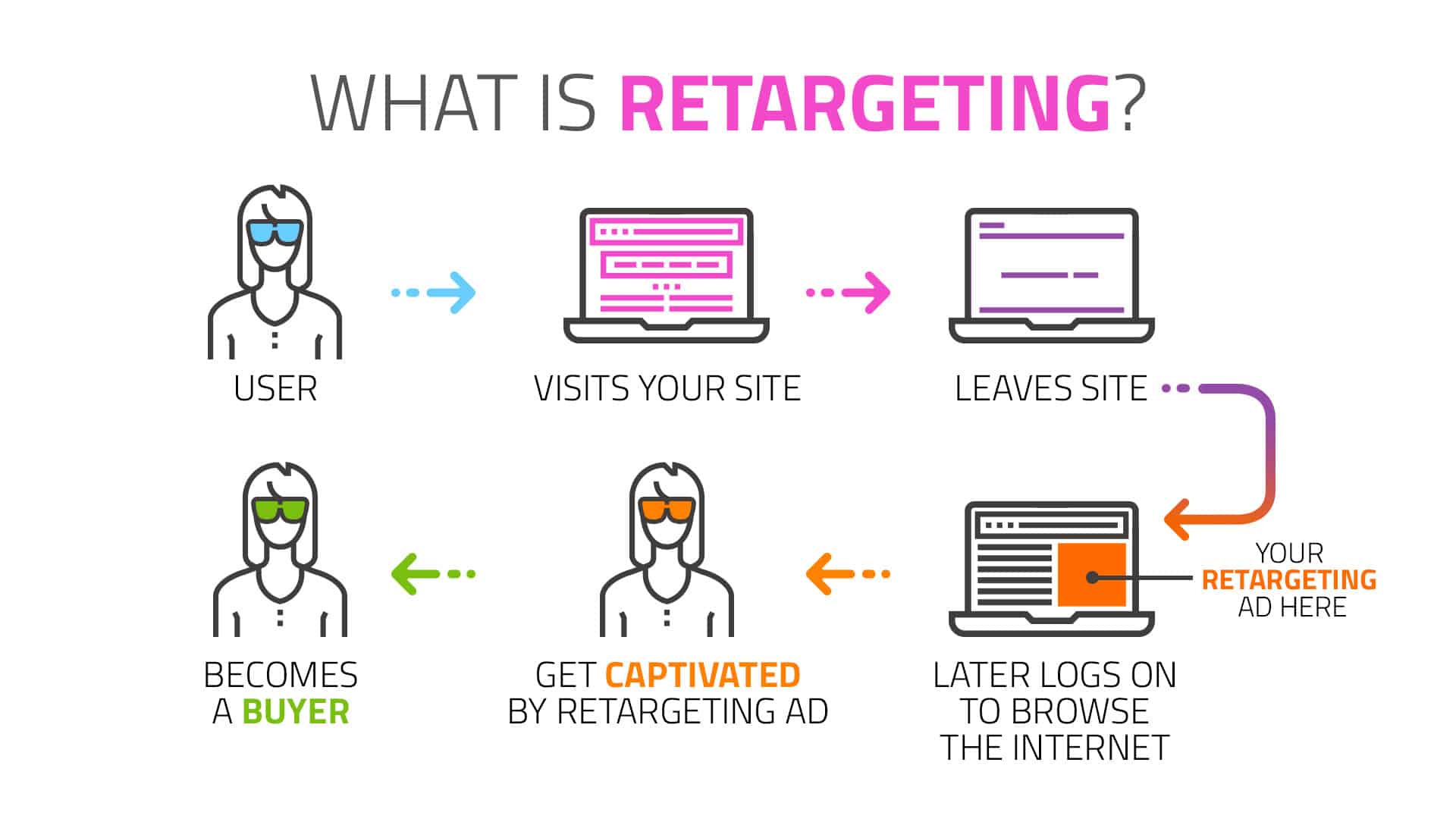Retargeting in digital marketing involves targeting ads to users who have previously interacted with your website. It aims to re-engage potential customers.
Retargeting plays a crucial role in digital marketing strategies. It involves showing ads to users who have visited your site but did not convert. This technique helps in reminding these potential customers about your products or services. By doing so, businesses can increase their chances of converting visitors into customers.
Retargeting ads can appear on various platforms, including social media, search engines, and other websites. This method is cost-effective and highly targeted, ensuring better ROI. Implementing retargeting can significantly boost your marketing efforts and drive conversions.

Credit: www.singlegrain.com
Introduction To Retargeting
Retargeting helps bring back visitors who left a website. It shows ads to people who visited your site before. This keeps your brand in their mind. Retargeting uses cookies to track these visitors. Then, it displays your ads to them on other websites. This makes them more likely to return and buy. Retargeting is powerful because it targets interested people. These people already showed interest in your products or services.
Traditional advertising shows ads to everyone. Retargeting shows ads to people who visited your site. This makes retargeting more focused and effective. Traditional ads reach a broad audience. Retargeting reaches a specific audience. This specific audience is more likely to convert. Retargeting also saves money. It spends on ads for people who are already interested. Traditional ads may waste money. They show ads to people who may not be interested.

Credit: smartyads.com
How Retargeting Works
Cookies and pixels are small pieces of code. They track user behavior on websites. A cookie stores data on the user’s browser. A pixel is a tiny image file. It loads when a user visits a page. Both tools collect important data. This data helps in understanding user actions. Marketers can then show ads to these users again. This process is called retargeting. It helps in bringing users back to the website.
Creating a retargeting list involves collecting user data. This data is gathered using cookies and pixels. The list includes users who visited the website but did not take action. Marketers use this list to show specific ads. These ads aim to bring users back to the site. Effective retargeting increases the chances of conversion. It is a valuable tool in digital marketing.
Types Of Retargeting Strategies
Pixel-based retargeting uses a small piece of code called a pixel. This pixel tracks visitors who come to your website. When visitors leave, ads follow them on other websites. These ads remind them of your products. The pixel helps show ads to the right people. This strategy is quick and effective.
List-based retargeting uses a list of email addresses. These are emails from users who have interacted with your business. You upload this list to an ad platform. The platform then shows ads to these users. This method is very targeted. It works well with existing customers or subscribers.
Dynamic retargeting shows ads based on the specific products a visitor viewed. If a visitor looks at a product but does not buy, ads show that product again. This reminds the visitor to complete their purchase. These ads are very personalized. They can lead to higher conversion rates.
Benefits Of Retargeting In Digital Marketing
Retargeting leads to higher conversion rates. People who see your ads again are more likely to buy. This method reminds them of your products. They may have left your site without buying. Seeing your ad again can change their mind. It helps turn visitors into customers.
Brand recall improves with retargeting. People remember your brand better. They see your ads often, which keeps your brand in mind. This helps in building trust. A familiar brand is more likely to be chosen.
Retargeting is cost-effective. It focuses on people already interested in your products. This means less money is spent on advertising. You get better results with a lower budget. It’s a smart way to use your marketing funds.
Implementing Retargeting Campaigns
Platforms like Google Ads and Facebook are popular for retargeting. Each platform has unique tools. Choose based on your audience habits. Google Ads is great for search and display networks. Facebook excels in social media retargeting.
Ads should be eye-catching and relevant. Use bright colors and strong images. Messages need to be clear and concise. Offer discounts or incentives to attract attention. Testing different ad versions is important. Find out which one works best.
Track click-through rates and conversion rates. Use these metrics to judge performance. High click-through rates are a good sign. Low conversion rates need attention. Adjust your strategy based on data. A/B testing can help improve results.

Credit: tkmkt.com
Best Practices And Common Pitfalls
Frequency capping helps to control how often ads show to the same user. This avoids annoying users and keeps the message fresh. Set a limit to how many times an ad appears. This ensures users are not overwhelmed. It also improves ad performance and user experience. Always monitor and adjust the cap for best results.
Segmentation divides the audience into different groups. Personalization tailors ads to each group. This makes ads more relevant and engaging. Use data to understand user behavior. Create targeted ads that speak to specific interests. This boosts the effectiveness of retargeting campaigns. Personalization increases the chances of converting users.
Retargeting can have pitfalls. Avoid showing ads to users who already converted. This wastes resources and annoys customers. Ensure ad messages are consistent with user interests. Don’t overuse retargeting. It can make users feel stalked. Always respect user privacy. Follow best practices to ensure successful campaigns.
Frequently Asked Questions
What Is An Example Of Retargeting?
An example of retargeting is showing ads to users who visited your website but did not make a purchase.
What Is The Process Of Retargeting?
Retargeting involves showing ads to users who previously visited your site. It uses cookies to track and display relevant ads.
What Is Ad Targeting Vs Retargeting?
Ad targeting shows ads to new potential customers based on specific criteria. Retargeting displays ads to users who have previously interacted with your site.
What Are The Two Types Of Retargeting?
There are two types of retargeting: pixel-based retargeting and list-based retargeting. Pixel-based retargeting uses cookies to track visitors. List-based retargeting targets specific users from your existing email list.
What Is Retargeting In Digital Marketing?
Retargeting is a strategy to re-engage visitors who left your site without converting.
Conclusion
Retargeting is a powerful tool in digital marketing. It helps reconnect with potential customers. By targeting past visitors, businesses can increase conversions. Implementing retargeting strategies can improve your marketing ROI. Don’t miss out on this effective method to boost engagement and sales.
Start leveraging retargeting today to grow your business.
